XVIIIe dynastie
« Le roi SĂ©nakht-en-RĂŞ Ahmès de la XVIIe dynastie »
ENiM 5, 2012, p. 61-71.
 Publication de deux éléments d’une porte de grenier au nom du roi Sénakht-en-Rê Ahmès récemment découverts près du temple de Ptah à Karnak. Les éléments mis au jour permettent de préciser l’identité de ce roi de la XVIIe dynastie dont seul le nom de couronnement était connu par des listes royales posthumes et de lever définitivement les incertitudes concernant son nom de naissance : Ahmès.
Les désignations Sénakht-en-Rê Taâ Ier et Sénakht-en-Rê Siamon doivent donc aujourd’hui être abandonnées. La proposition d’identification de la tombe de ce roi dans le rapport de la commission d’enquête ramesside du Papyrus Abbott doit également être écartée. Il n’y a qu’un seul roi dont le nom de naissance est Taâ : Séqen-en-Rê. Le nom de fils de Rê de Sénakhat-en-Rê conduit à rattacher ce roi à la famille royale ahmoside de la fin de la XVIIe dynastie et du début de la XVIIIe dynastie dont il est à ce jour le plus ancien représentant connu. Enfin, les documents qui ne portent que le nom de fils de Rê « Ahmès » peuvent désormais être attribués soit à Sénakht-en-Rê Ahmès, soit à Neb-Pehety-Rê Ahmosis.
Publication de deux éléments d’une porte de grenier au nom du roi Sénakht-en-Rê Ahmès récemment découverts près du temple de Ptah à Karnak. Les éléments mis au jour permettent de préciser l’identité de ce roi de la XVIIe dynastie dont seul le nom de couronnement était connu par des listes royales posthumes et de lever définitivement les incertitudes concernant son nom de naissance : Ahmès.
Les désignations Sénakht-en-Rê Taâ Ier et Sénakht-en-Rê Siamon doivent donc aujourd’hui être abandonnées. La proposition d’identification de la tombe de ce roi dans le rapport de la commission d’enquête ramesside du Papyrus Abbott doit également être écartée. Il n’y a qu’un seul roi dont le nom de naissance est Taâ : Séqen-en-Rê. Le nom de fils de Rê de Sénakhat-en-Rê conduit à rattacher ce roi à la famille royale ahmoside de la fin de la XVIIe dynastie et du début de la XVIIIe dynastie dont il est à ce jour le plus ancien représentant connu. Enfin, les documents qui ne portent que le nom de fils de Rê « Ahmès » peuvent désormais être attribués soit à Sénakht-en-Rê Ahmès, soit à Neb-Pehety-Rê Ahmosis.
 Publication of two elements of a granary door bearing the name of king Senakhtenre Ahmose recently discovered near the temple of Ptah at Karnak. The inscriptions allow this king of the seventeenth dynasty, previously only known through the coronation name in later king-lists, to be identified more precisely. They also finally resolve uncertainties about his birth name: Ahmose.
The designations of Senakhtenre Tao I or Senakhtenre Siamun for this king must be abandoned. Suggestions for identifying the king’s tomb in the Ramesside report of investigations in the Theban necropolis recorded in Papyrus Abbott must also be rejected. Only one king bears the birth name Tao: Seqenenre. That Ahmose is the son of Re name of Senakhtenre leads to the conclusion that this king must be a member of the Ahmoside royal family of the late seventeenth and early eighteenth dynasties, of which he is to date the oldest known representative. Finally, documents that bear only the son of Re name “Ahmose” can now be attributed to either Senakhtenre Ahmose or Nebpehtyre Ahmose.
Publication of two elements of a granary door bearing the name of king Senakhtenre Ahmose recently discovered near the temple of Ptah at Karnak. The inscriptions allow this king of the seventeenth dynasty, previously only known through the coronation name in later king-lists, to be identified more precisely. They also finally resolve uncertainties about his birth name: Ahmose.
The designations of Senakhtenre Tao I or Senakhtenre Siamun for this king must be abandoned. Suggestions for identifying the king’s tomb in the Ramesside report of investigations in the Theban necropolis recorded in Papyrus Abbott must also be rejected. Only one king bears the birth name Tao: Seqenenre. That Ahmose is the son of Re name of Senakhtenre leads to the conclusion that this king must be a member of the Ahmoside royal family of the late seventeenth and early eighteenth dynasties, of which he is to date the oldest known representative. Finally, documents that bear only the son of Re name “Ahmose” can now be attributed to either Senakhtenre Ahmose or Nebpehtyre Ahmose.
 Consulter cet article (120600) -
Consulter cet article (120600) -  Télécharger cet article au format pdf (39836)
Télécharger cet article au format pdf (39836)
« Deux mentions du prænomen d’AkhĂ©naton dans une encyclopĂ©die byzantine du Xe siècle »
ENiM 5, 2012, p. 115-117.
 L’encyclopédie byzantine de Suidas (Souda), du Xe siècle, nous offre, sous la forme « Nephersôphris », la seule attestation connue du prænomen d’Akhénaton dans les sources grecques. Cette mention de l’hérétique en plein Moyen-Âge, prenant l’aspect d’un court proverbe évoquant sa légende noire, prouve que le souvenir du pharaon d’Amarna avait bel et bien survécu, de manière obscure, à travers plus de deux mille ans d’histoire.
L’encyclopédie byzantine de Suidas (Souda), du Xe siècle, nous offre, sous la forme « Nephersôphris », la seule attestation connue du prænomen d’Akhénaton dans les sources grecques. Cette mention de l’hérétique en plein Moyen-Âge, prenant l’aspect d’un court proverbe évoquant sa légende noire, prouve que le souvenir du pharaon d’Amarna avait bel et bien survécu, de manière obscure, à travers plus de deux mille ans d’histoire.
 The Suda, a 10th century Byzantine encyclopedia, provides us with the only mention of Akhenaten’s praenomen in Greek sources (Nephersophris = Neferkheperura). This evocation of the heretical king, in the shape of a proverb focusing on the unlucky power of his name, proves that Akhenaten’s dark memory had survived by some unknown ways, over more than 2000 years.
The Suda, a 10th century Byzantine encyclopedia, provides us with the only mention of Akhenaten’s praenomen in Greek sources (Nephersophris = Neferkheperura). This evocation of the heretical king, in the shape of a proverb focusing on the unlucky power of his name, proves that Akhenaten’s dark memory had survived by some unknown ways, over more than 2000 years.
 Consulter cet article (43434) -
Consulter cet article (43434) -  Télécharger cet article au format pdf (24792)
Télécharger cet article au format pdf (24792)
« The Stela of the Viceroy Usersatet (Boston MFA 25.632), his Shrine at Qasr Ibrim, and the Festival of Nubian Tribute under Amenhotep II »
ENiM 7, 2014, p. 239-276.
 La stèle de Semna, du vice-roi de Nubie de la XVIIIe dynastie, Ousersatet, consigne un conseil donné par Amenhotep II à son vice-roi sous la forme d’une copie monumentale de la transcription personnelle du roi de son propre décret royal à Ousersatet. Le décret fut promulgué durant une fête célébrant l’accession royale, à une date secondaire, apparemment pour lier l’accession royale à la fête k?-?r-k?, à l’image de Ramsès III qui, plus tard, célébrera à la fois son accession et une fête de l’accession royale associée à la fête de Néhebkaou. Dans ce texte, Amenhotep II conseille Ousersatet quant aux interactions des Égyptiens et Nubiens avec l’administration du vice-roi et éclaire un peu les relations entre le roi, le vice-roi et les membres nubiens de la bureaucratie égyptienne du sud. La nature apparemment obscure et poétique du conseil royal et le manque de clarté quant à la situation d’Amenhotep II lorsqu’il le prodigue expliquent l’attention portée à ce texte, mais un certain manque de rigueur dans l’interprétation a obscurci plusieurs analyses de l’inscription. Un nouveau collationnement et un examen du texte de la stèle révèlent qu’Amenhotep II aborde apparemment la question de l’intégration croissante, par le vice-roi, de Nubiens dans les niveaux les plus élevés de l’administration du sud. Amenhotep II utilise une formule apparemment proverbiale qui fait référence à la transmission de l’autorité plus ancienne du vice-roi aux plus grandes divisions de la bureaucratie, et à la création d’un équivalent nubien du vice-roi, ce dernier restant néanmoins le primus inter pares de l’administration.
La stèle de Semna, du vice-roi de Nubie de la XVIIIe dynastie, Ousersatet, consigne un conseil donné par Amenhotep II à son vice-roi sous la forme d’une copie monumentale de la transcription personnelle du roi de son propre décret royal à Ousersatet. Le décret fut promulgué durant une fête célébrant l’accession royale, à une date secondaire, apparemment pour lier l’accession royale à la fête k?-?r-k?, à l’image de Ramsès III qui, plus tard, célébrera à la fois son accession et une fête de l’accession royale associée à la fête de Néhebkaou. Dans ce texte, Amenhotep II conseille Ousersatet quant aux interactions des Égyptiens et Nubiens avec l’administration du vice-roi et éclaire un peu les relations entre le roi, le vice-roi et les membres nubiens de la bureaucratie égyptienne du sud. La nature apparemment obscure et poétique du conseil royal et le manque de clarté quant à la situation d’Amenhotep II lorsqu’il le prodigue expliquent l’attention portée à ce texte, mais un certain manque de rigueur dans l’interprétation a obscurci plusieurs analyses de l’inscription. Un nouveau collationnement et un examen du texte de la stèle révèlent qu’Amenhotep II aborde apparemment la question de l’intégration croissante, par le vice-roi, de Nubiens dans les niveaux les plus élevés de l’administration du sud. Amenhotep II utilise une formule apparemment proverbiale qui fait référence à la transmission de l’autorité plus ancienne du vice-roi aux plus grandes divisions de la bureaucratie, et à la création d’un équivalent nubien du vice-roi, ce dernier restant néanmoins le primus inter pares de l’administration.
 The Semna stela of the Eighteenth Dynasty Viceroy of Nubia, Usersatet, records Amenhotep II’s advice to his viceroy in the form of a monumental copy of the king’s personal transcription of his own royal decree to Usersatet. The decree was issued during a festival celebrating the royal accession on a secondary date, apparently in order to link the king’s accession to the k?-?r-k? festival, just as Ramesses III later would celebrate both his actual accession and a festival of royal accession associated with the Nehebkau festival. Amenhotep II offers advice to Usersatet regarding interactions of Egyptians and Nubians within the viceregal administration, and shed some light on the interactions of king, viceroy, and Nubian members of the Egyptian bureaucracy in the south. The seemingly obscure and poetic nature of the king’s advice, and the lack of clarity regarding the situation about which Amenhotep II offers his advice, have led to considerable modern attention to the text, but a certain looseness of interpretation has plagued many examinations of the inscription. A new collation of the stela, and an examination of the text, reveal that Amenhotep II was apparently addressing the viceroy’s increasing integration of Nubians into the higher levels of the southern administration. Amenhotep II quotes an apparently proverbial saying that refers to a devolution of earlier viceregal authority into greater divisions of bureaucracy, and the creation of a Nubian counterpart to the viceroy, the latter remaining nevertheless the primus inter pares of the administration.
The Semna stela of the Eighteenth Dynasty Viceroy of Nubia, Usersatet, records Amenhotep II’s advice to his viceroy in the form of a monumental copy of the king’s personal transcription of his own royal decree to Usersatet. The decree was issued during a festival celebrating the royal accession on a secondary date, apparently in order to link the king’s accession to the k?-?r-k? festival, just as Ramesses III later would celebrate both his actual accession and a festival of royal accession associated with the Nehebkau festival. Amenhotep II offers advice to Usersatet regarding interactions of Egyptians and Nubians within the viceregal administration, and shed some light on the interactions of king, viceroy, and Nubian members of the Egyptian bureaucracy in the south. The seemingly obscure and poetic nature of the king’s advice, and the lack of clarity regarding the situation about which Amenhotep II offers his advice, have led to considerable modern attention to the text, but a certain looseness of interpretation has plagued many examinations of the inscription. A new collation of the stela, and an examination of the text, reveal that Amenhotep II was apparently addressing the viceroy’s increasing integration of Nubians into the higher levels of the southern administration. Amenhotep II quotes an apparently proverbial saying that refers to a devolution of earlier viceregal authority into greater divisions of bureaucracy, and the creation of a Nubian counterpart to the viceroy, the latter remaining nevertheless the primus inter pares of the administration.
 Consulter cet article (44770) -
Consulter cet article (44770) -  Télécharger cet article au format pdf (24355)
Télécharger cet article au format pdf (24355)
ENiM 18 - 2025
5 article(s) - 2 avril 2025.
ENiM 1 à 18 (2008-2025) : 224 articles
4 587 412 téléchargements
9 285 305 consulations.
Index des auteurs

Mots clés

Derniers articles : 
Robert Steven Bianchi
Duplication and Continuity
(ENiM 18, p. 13-36 — 11 mars 2025) 
Frédéric Mougenot
Rénénoutet à la porte de la maison
(ENiM 18, p. 1-12 — 29 janvier 2025) 
CENiM - Mise en ligne des volumes Ă©puisĂ©s : 
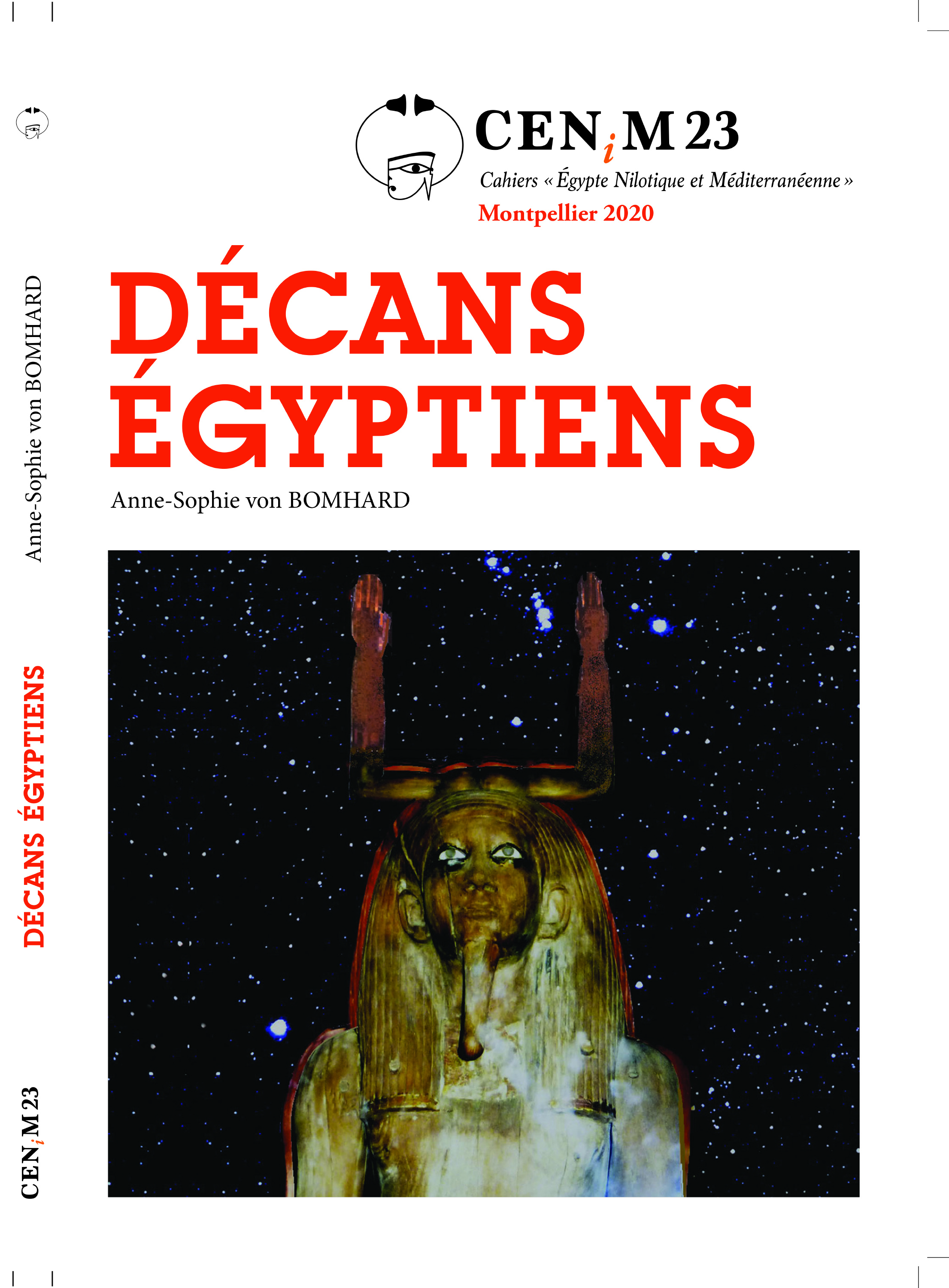 Anne-Sophie von BOMHARD DĂ©cans Ă©gyptiens, CENiM 23, Montpellier, 2020 — (2020)
Anne-Sophie von BOMHARD DĂ©cans Ă©gyptiens, CENiM 23, Montpellier, 2020 — (2020) 
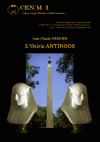 Jean-Claude Grenier L'Osiris ANTINOOS, CENiM 1, Montpellier, 2008 — (26 dĂ©cembre 2008)
Jean-Claude Grenier L'Osiris ANTINOOS, CENiM 1, Montpellier, 2008 — (26 dĂ©cembre 2008) 
TDENiM - Mise en ligne des volumes Ă©puisĂ©s : 
 Twitter
Twitter 3794085 visites - 140 visite(s) aujourd’hui - 111 connecté(s)
© ENiM - Une revue d’égyptologie sur internet
Équipe Égypte Nilotique et Méditerranéenne - UMR 5140 - « Archéologie des Sociétés Méditerranéennes » (Cnrs) - Université Paul Valéry - Montpellier III
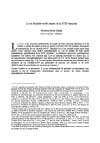
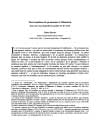
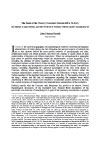

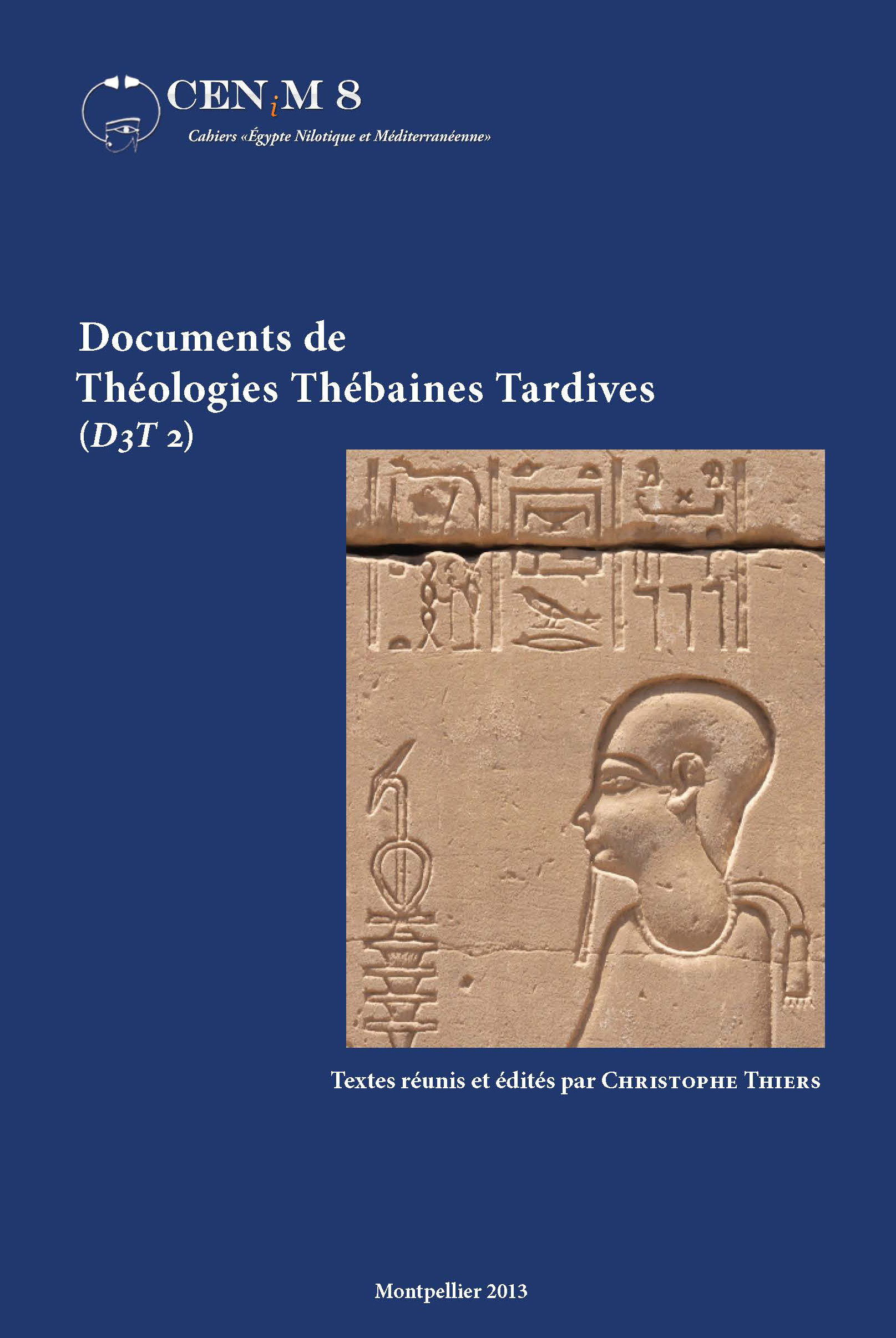

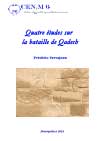
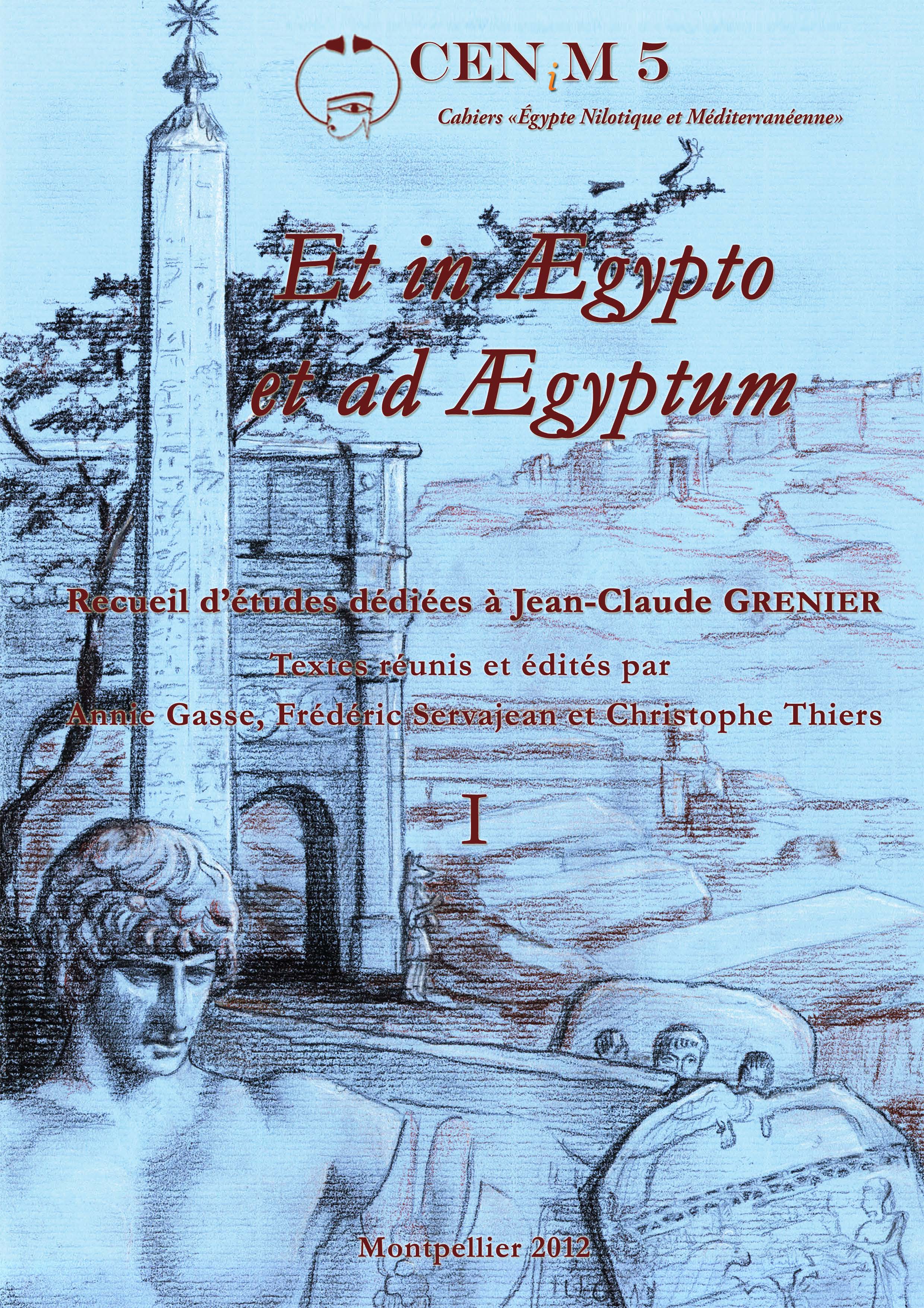
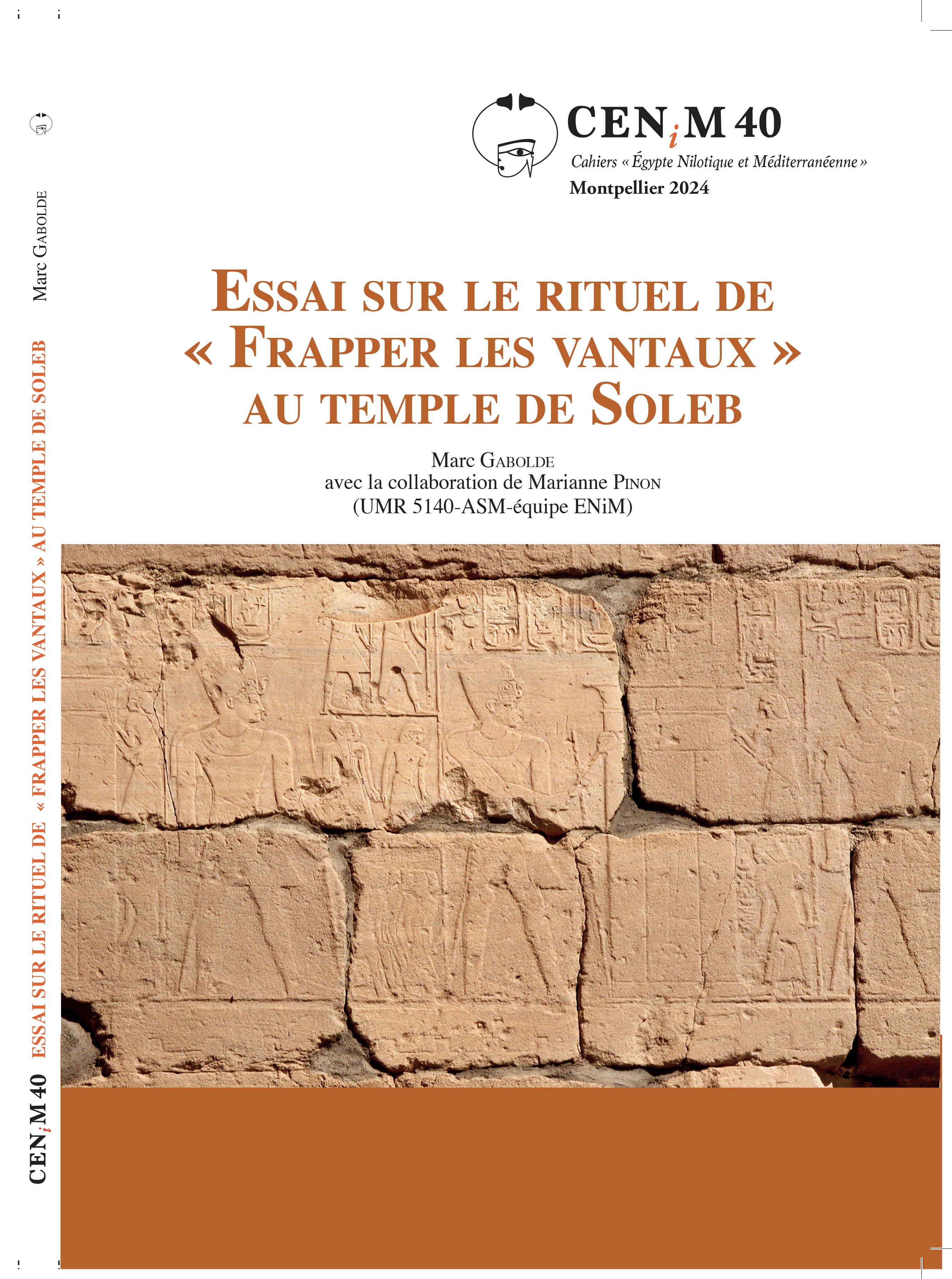
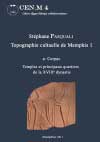
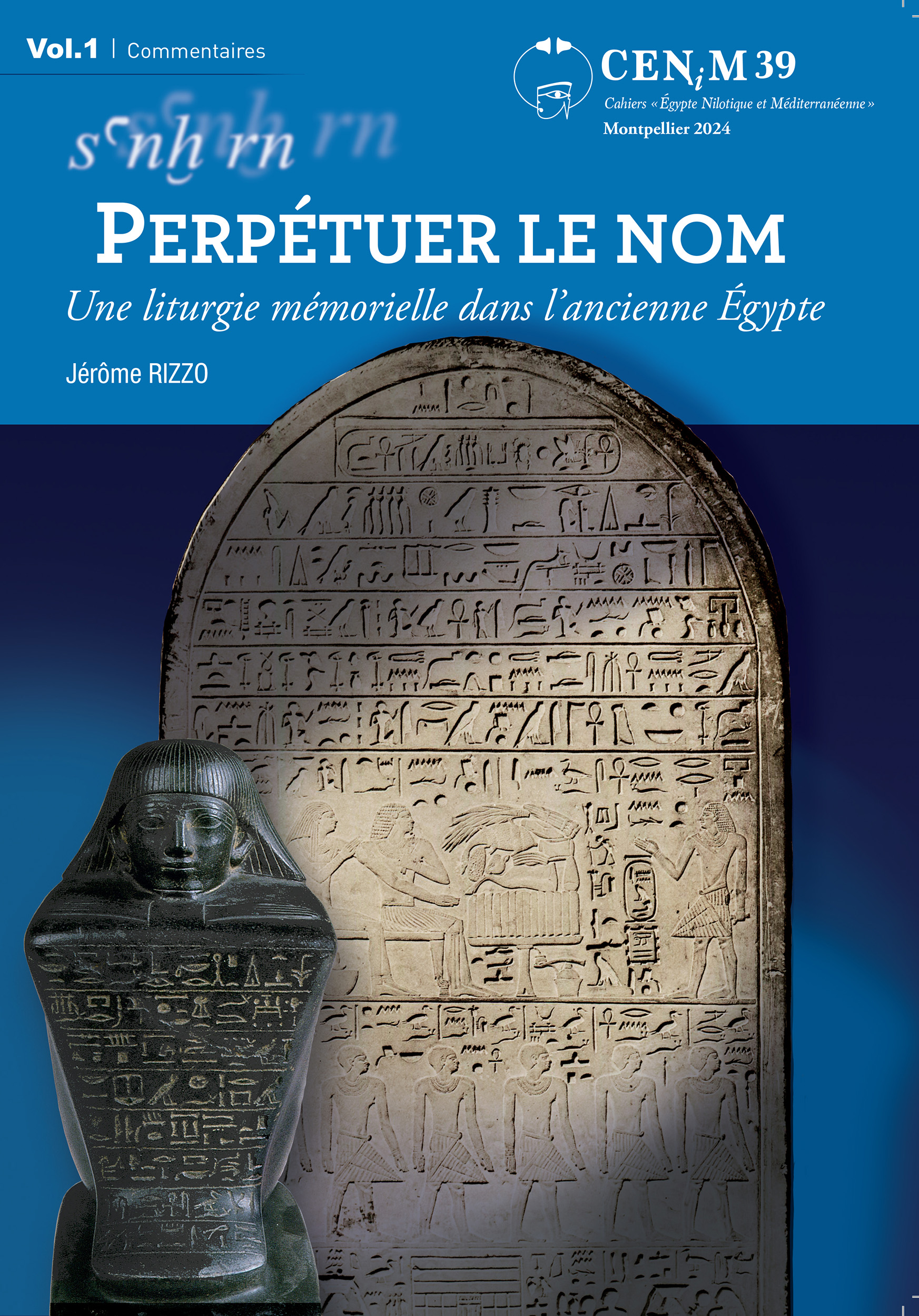
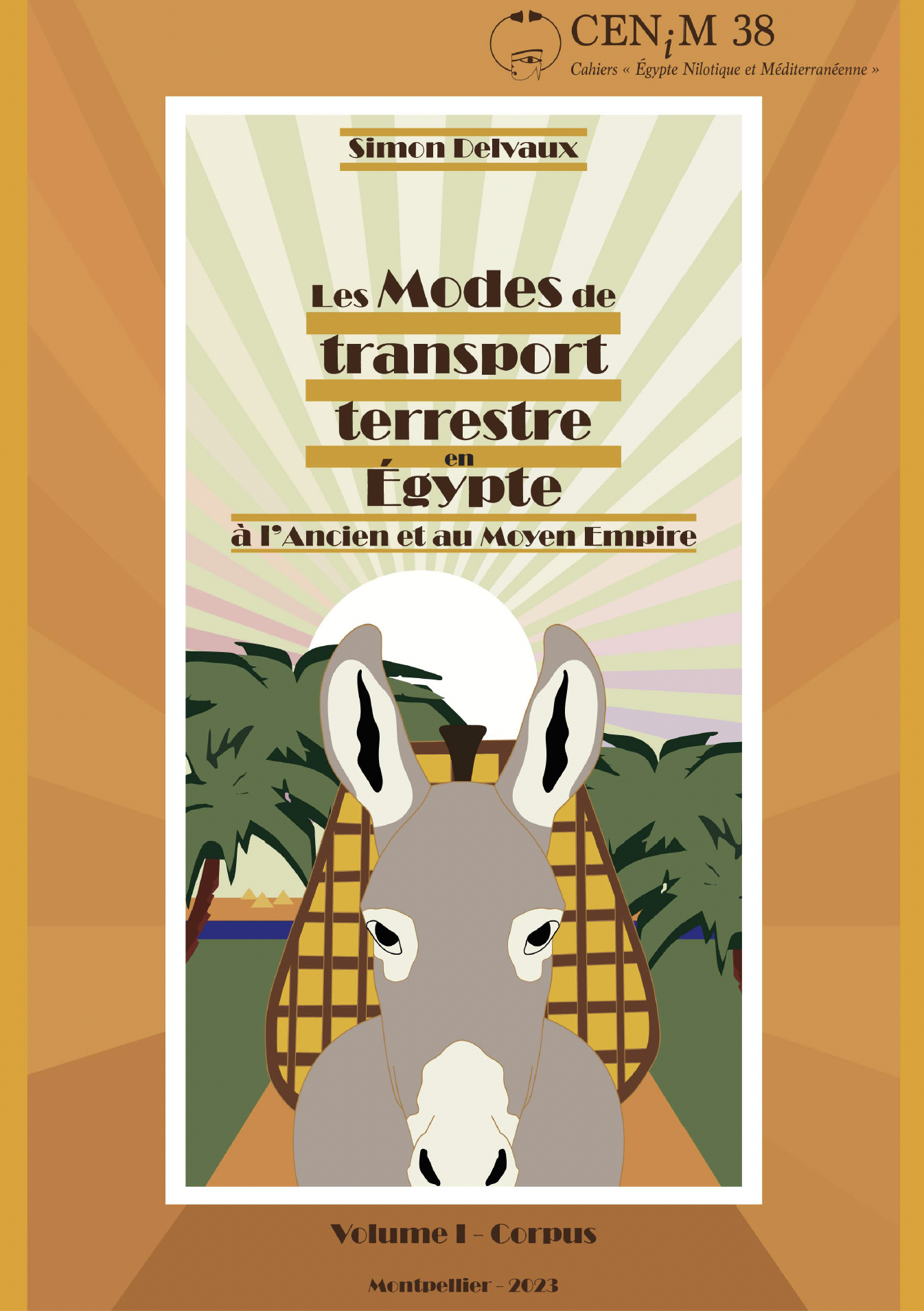
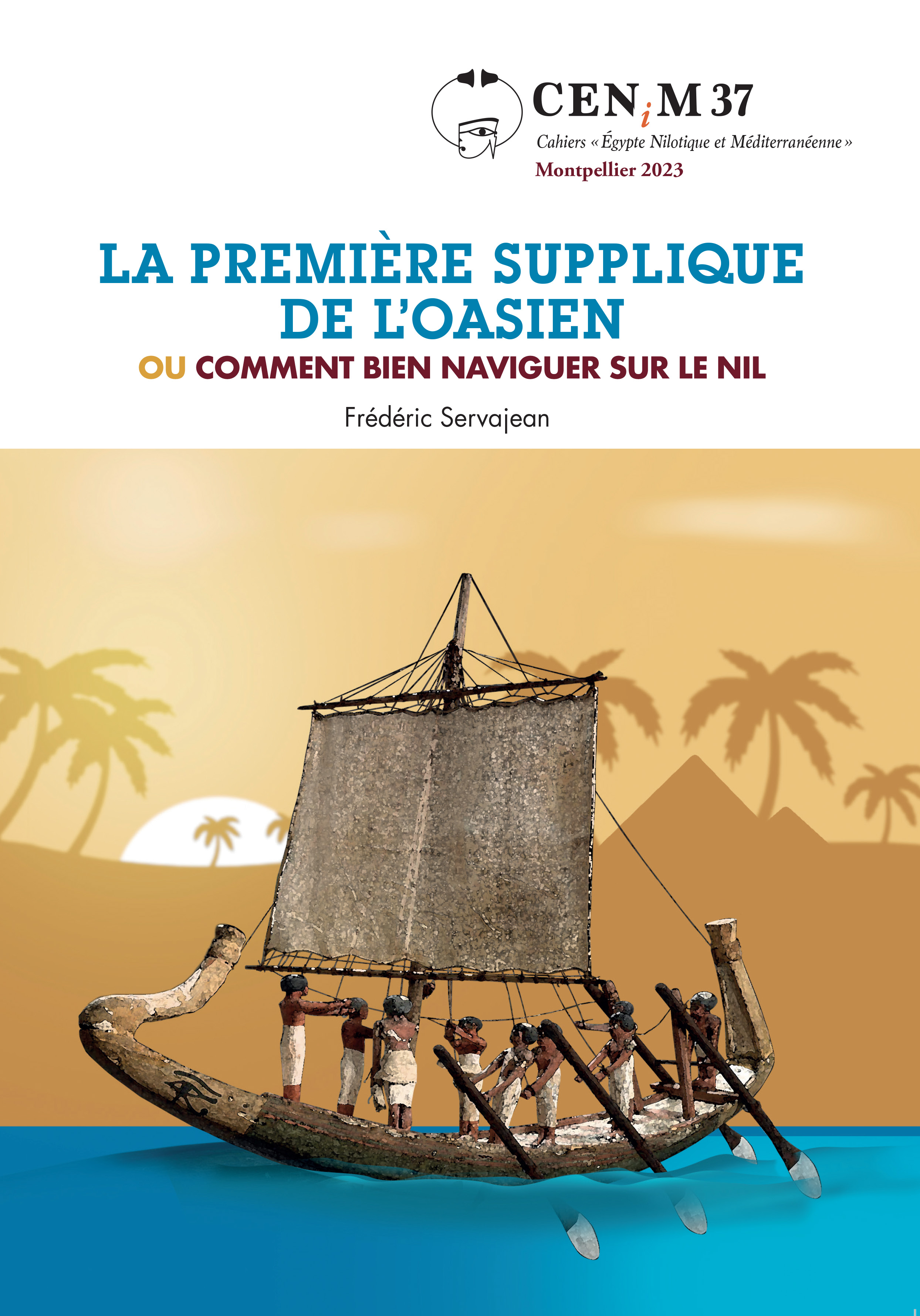
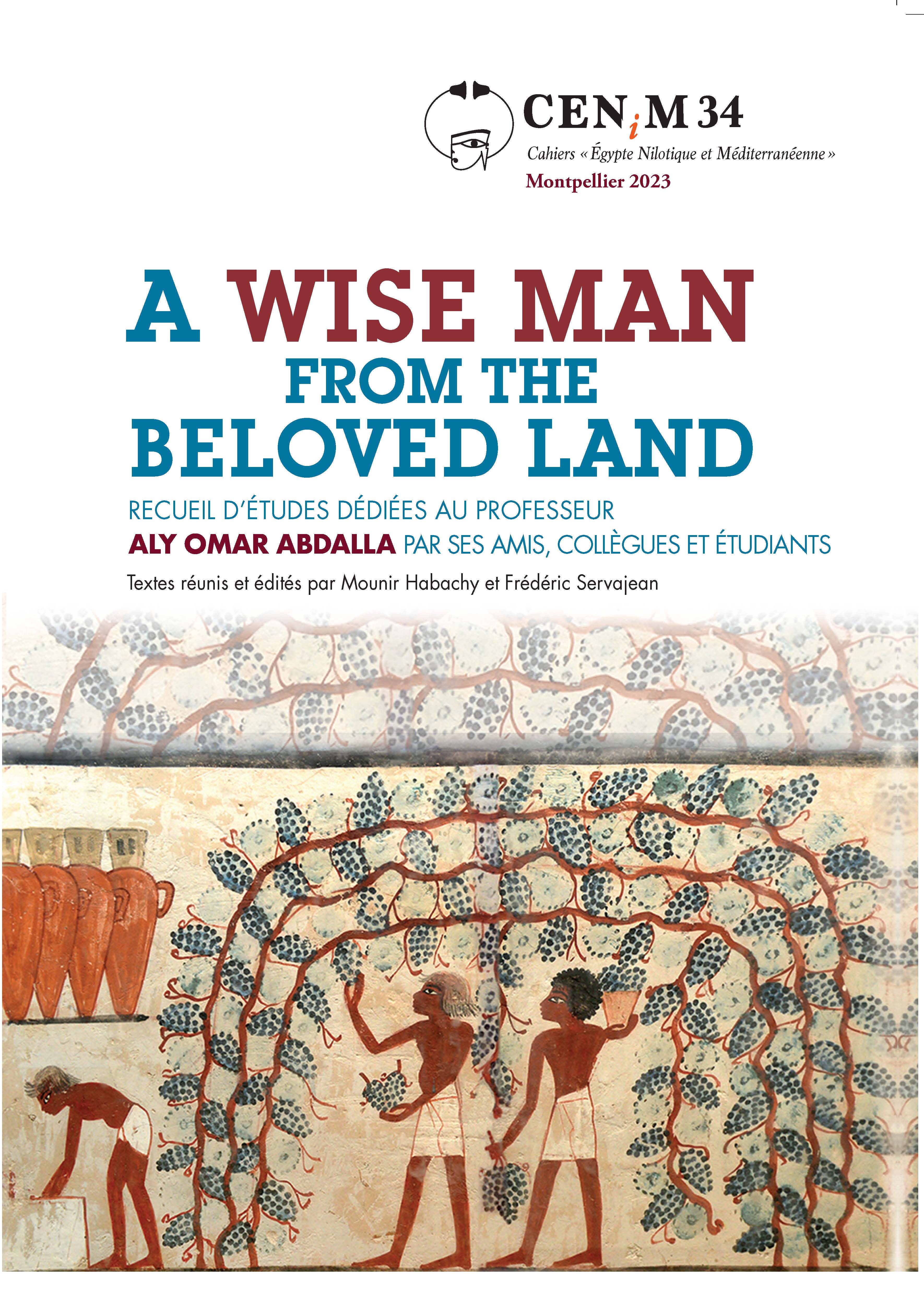
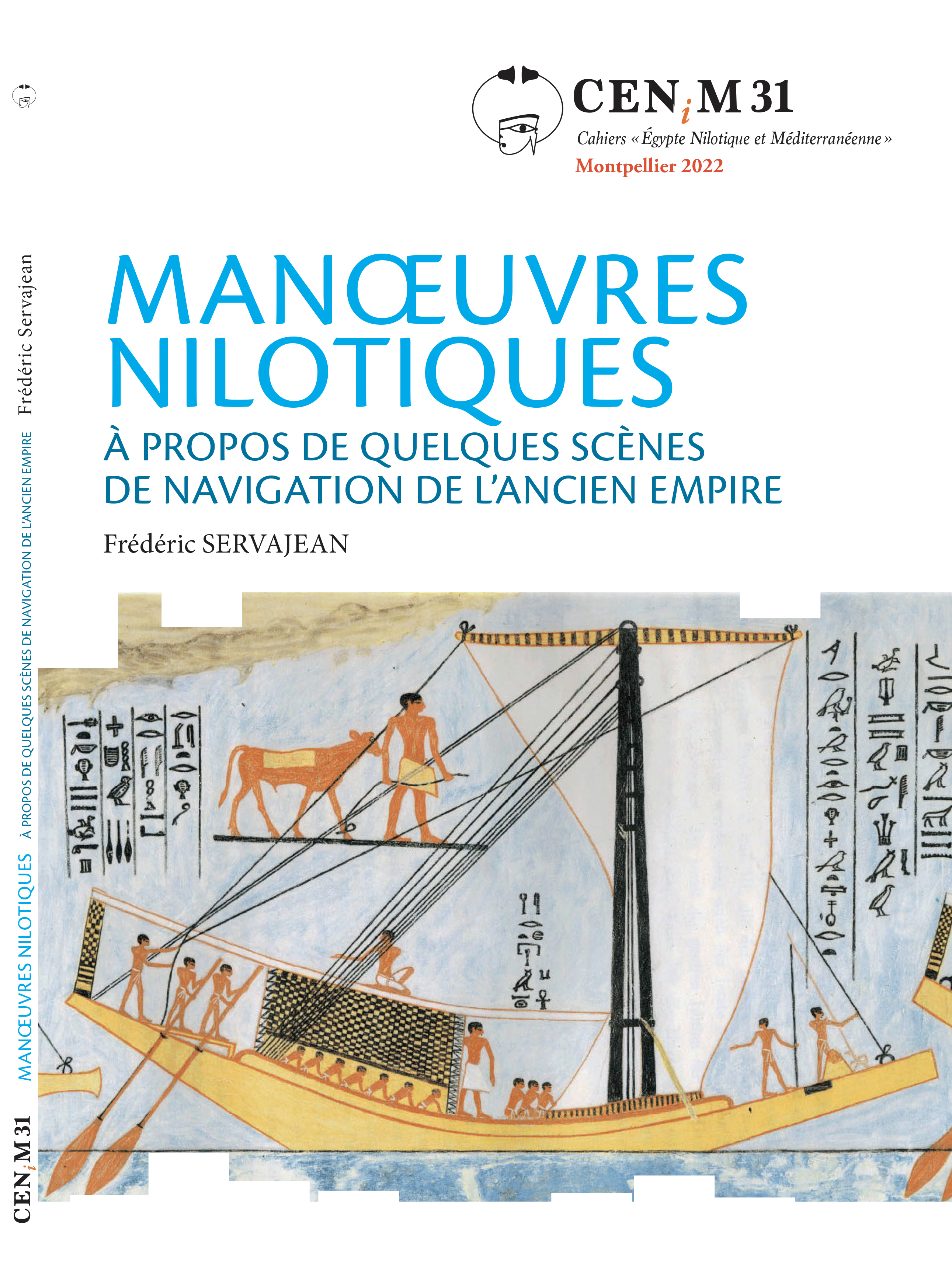
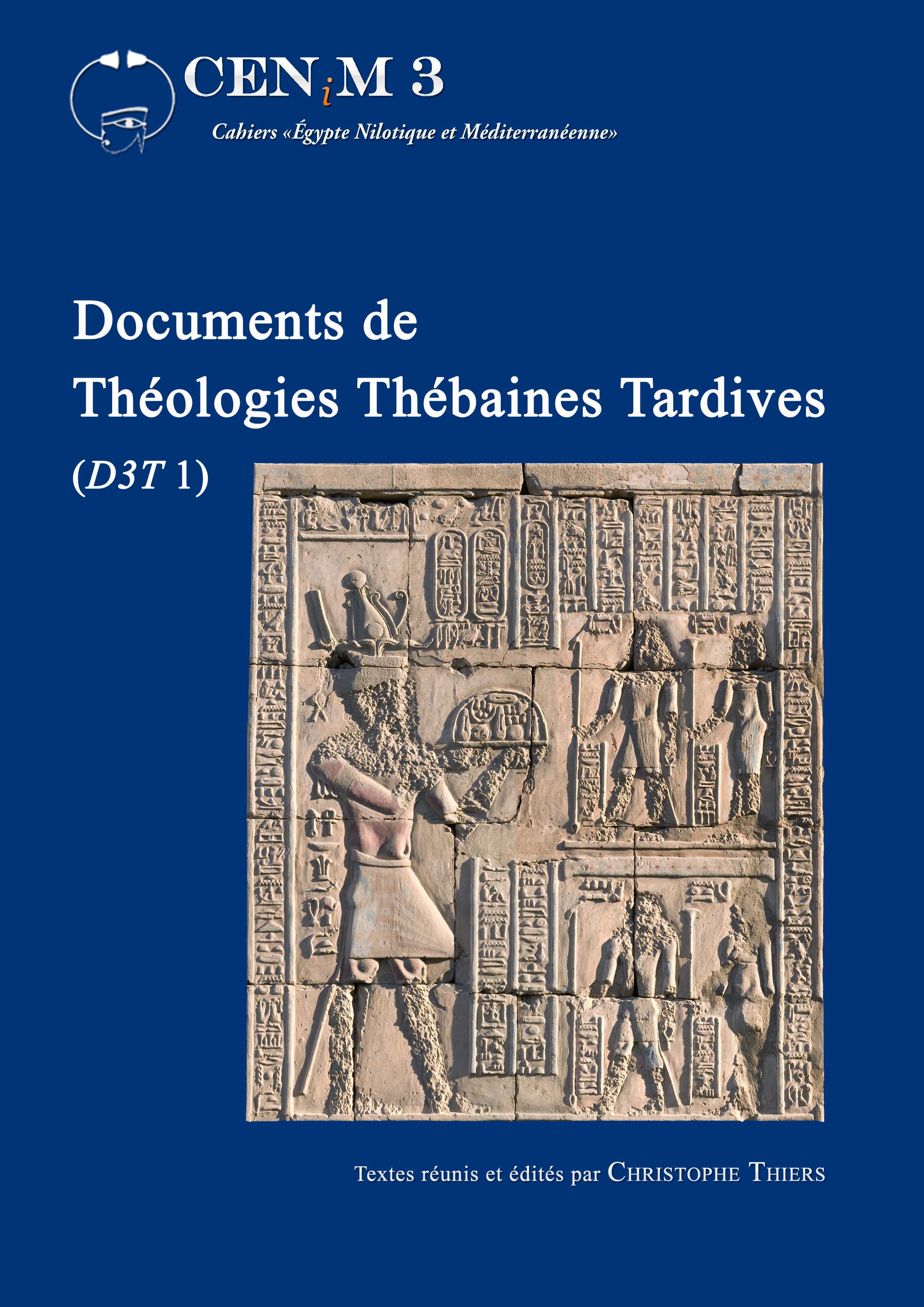
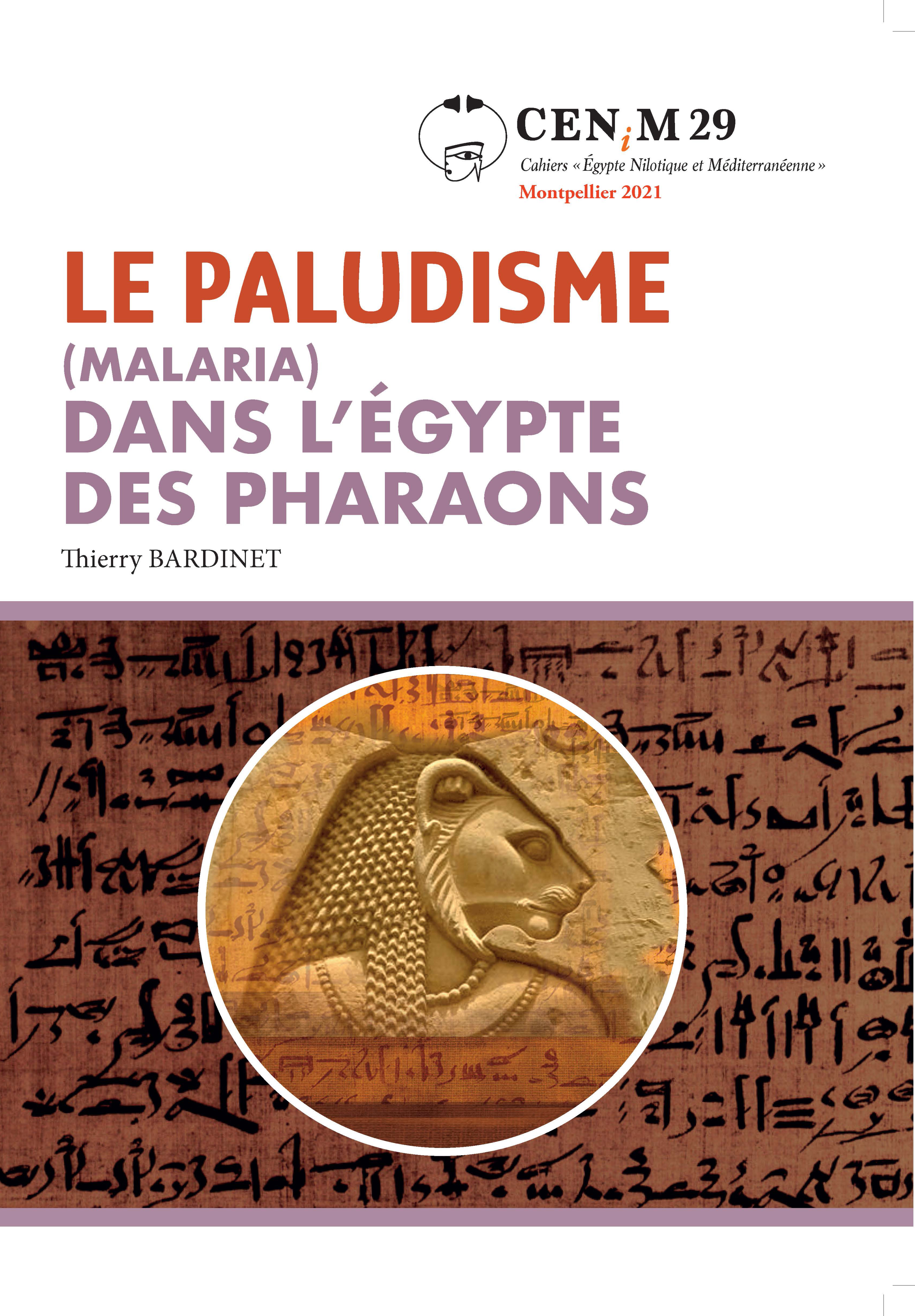
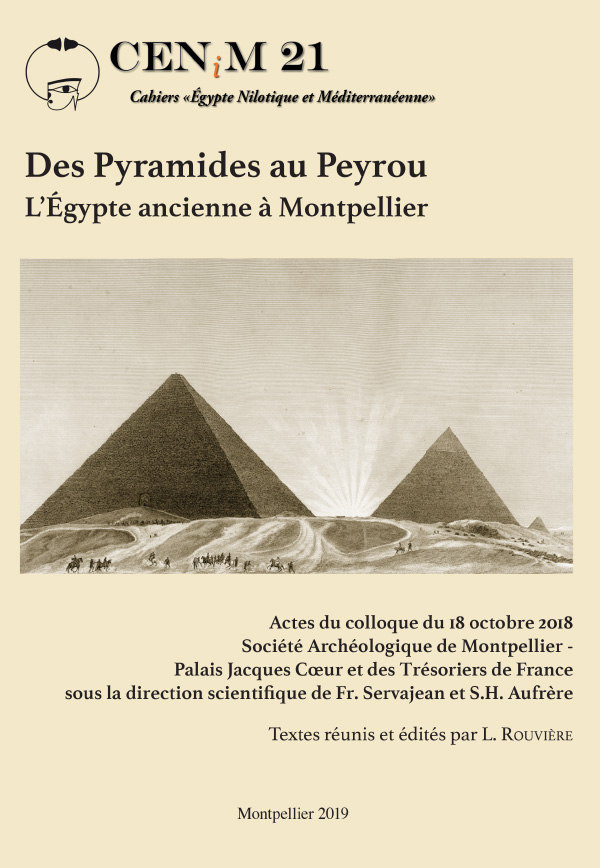
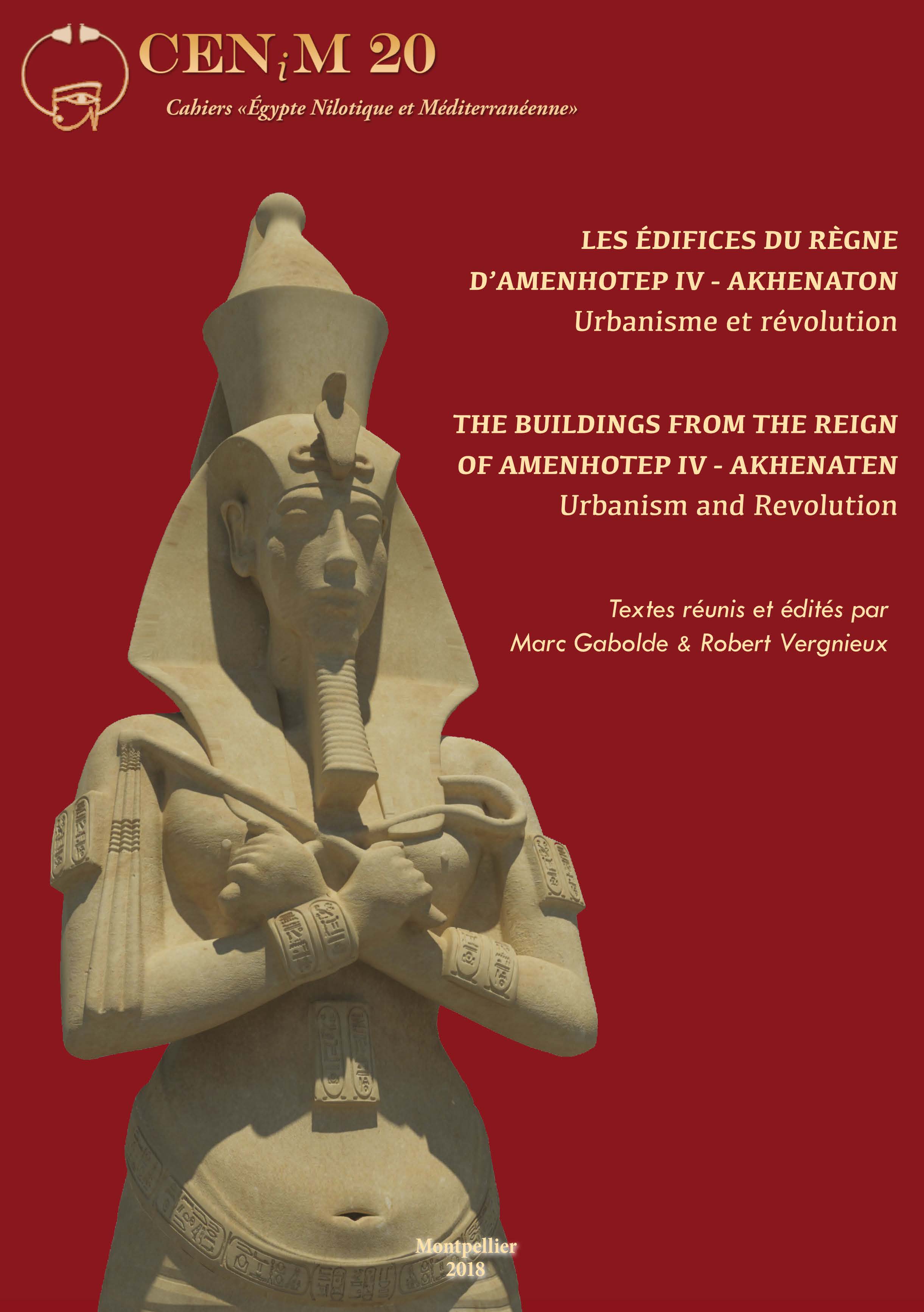
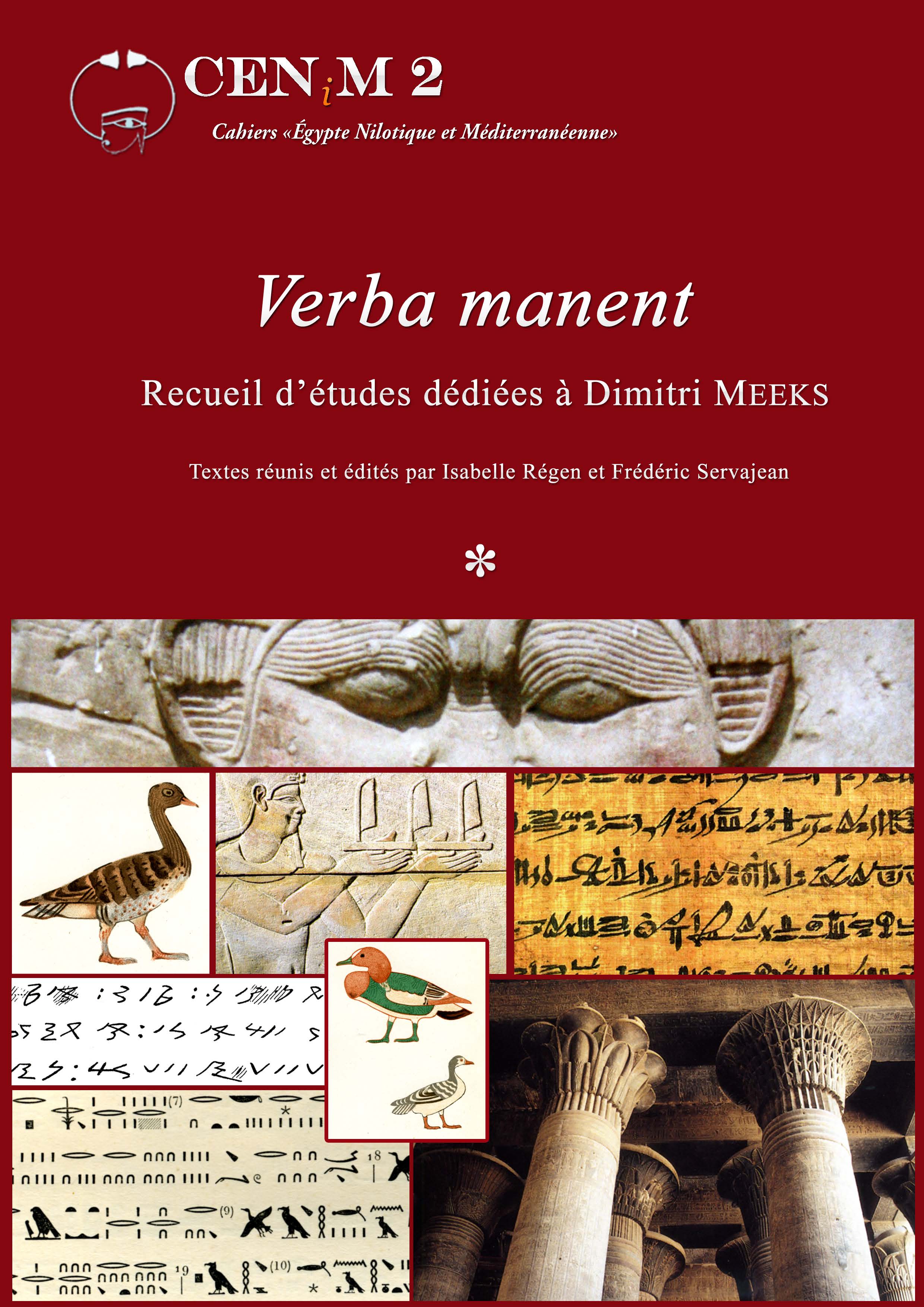
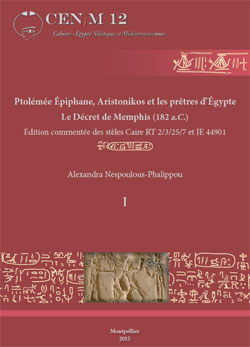
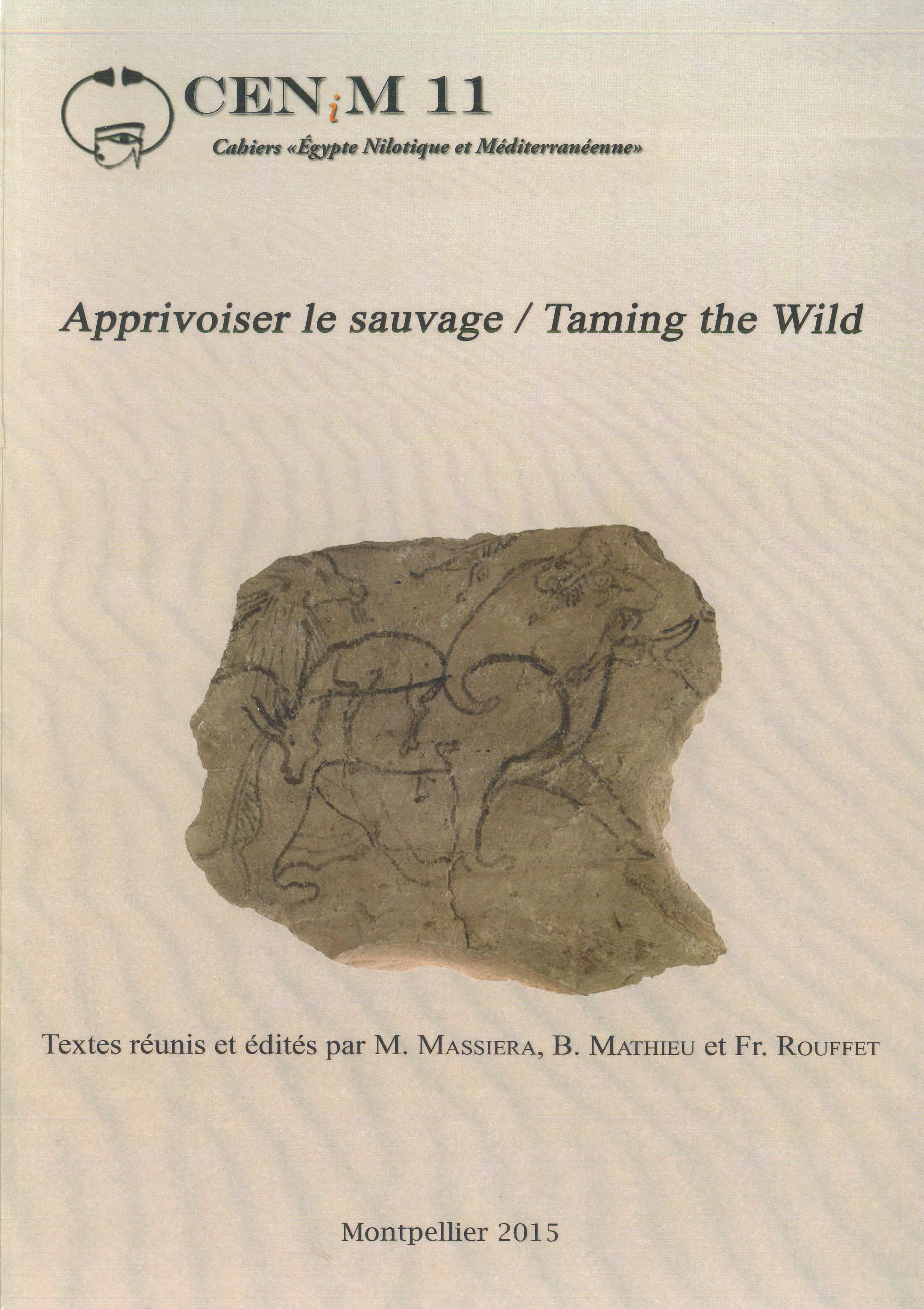
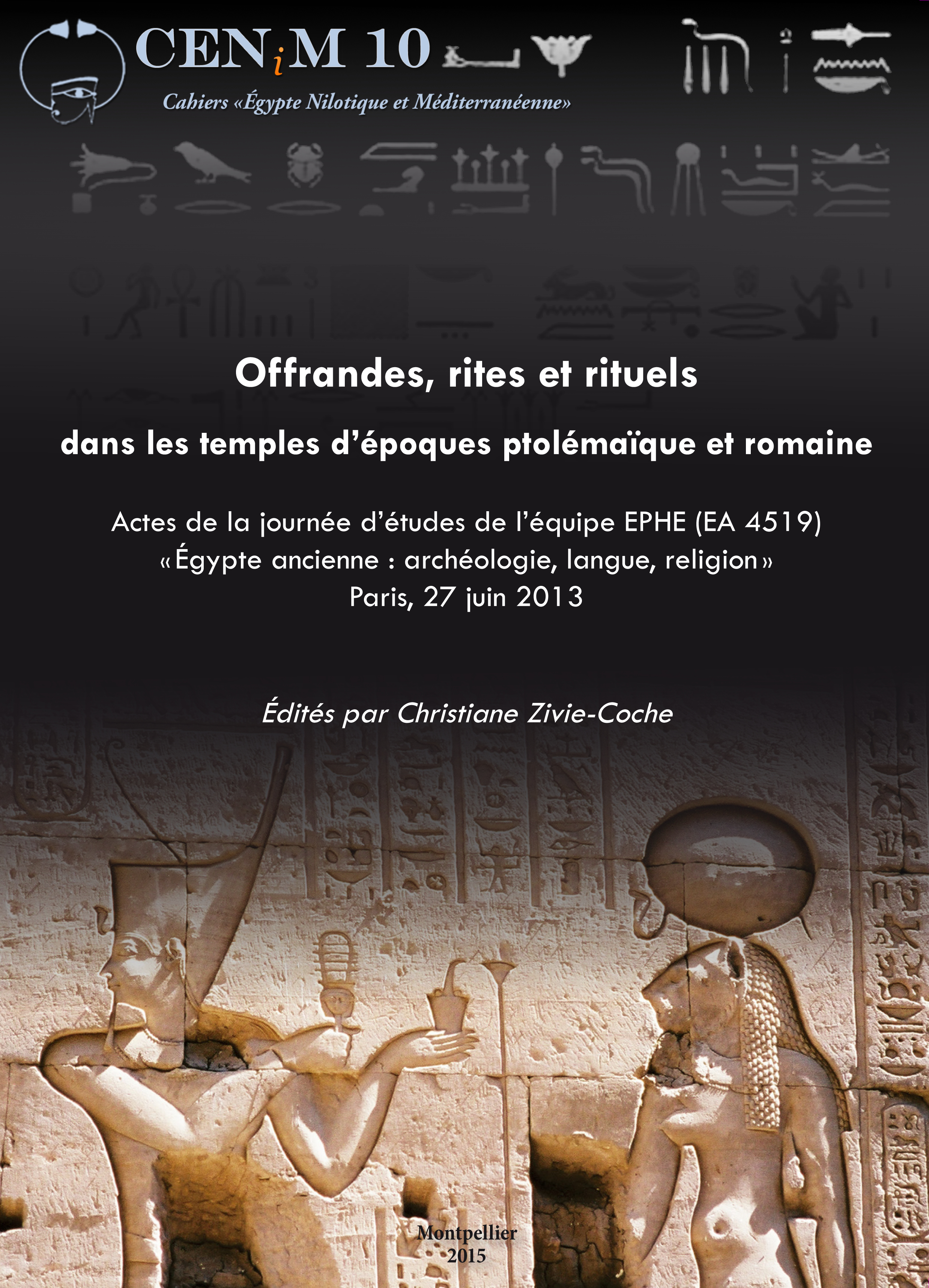
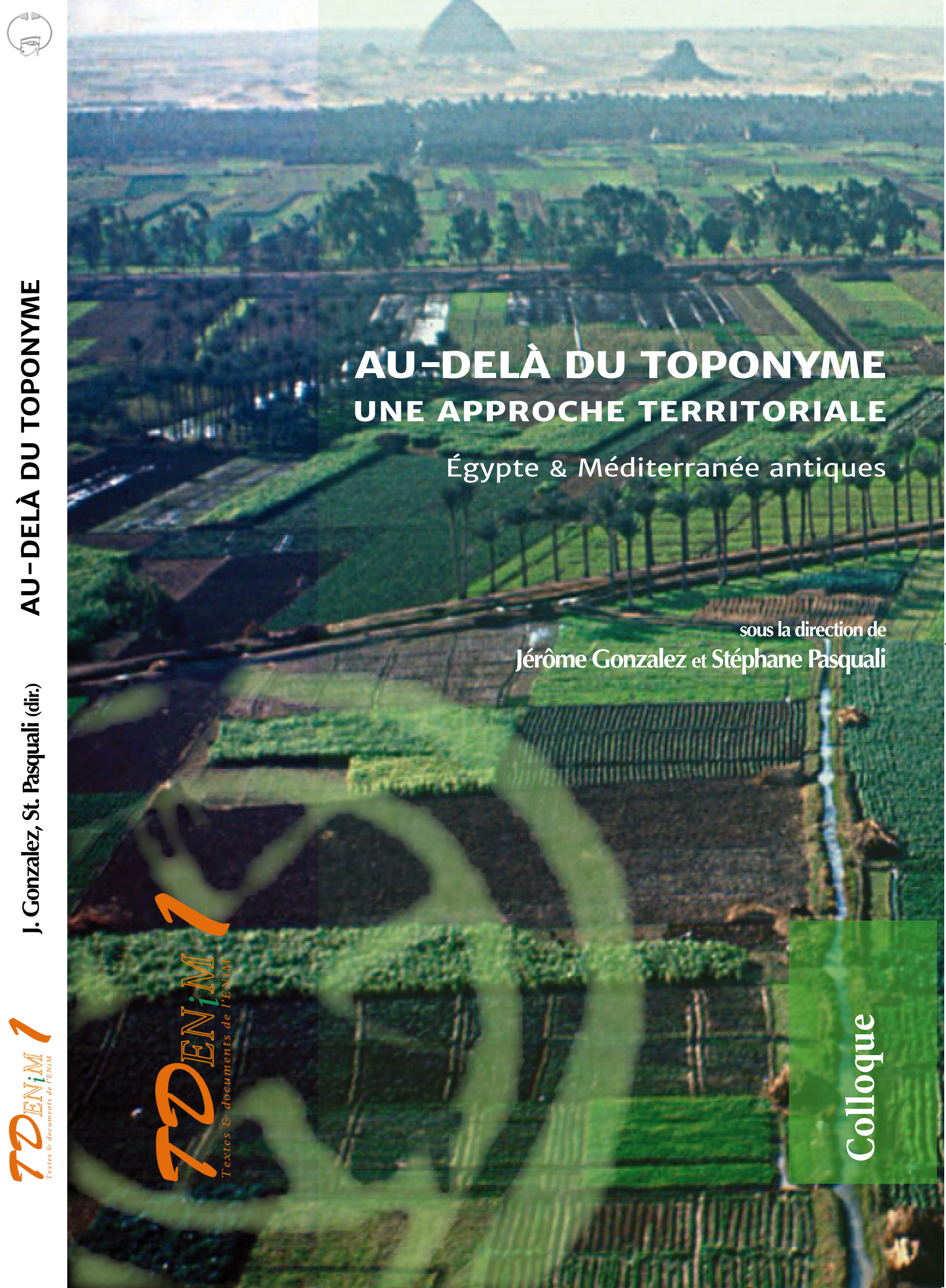
 Contact
Contact
 Abonnez-vous !
Abonnez-vous ! Équipe Égypte Nilotique et Méditerranéenne
Équipe Égypte Nilotique et Méditerranéenne UMR 5140 « Archéologie des Sociétés Méditerranéennes » (Cnrs)
UMR 5140 « Archéologie des Sociétés Méditerranéennes » (Cnrs) Université Paul Valéry - Montpellier III
Université Paul Valéry - Montpellier III